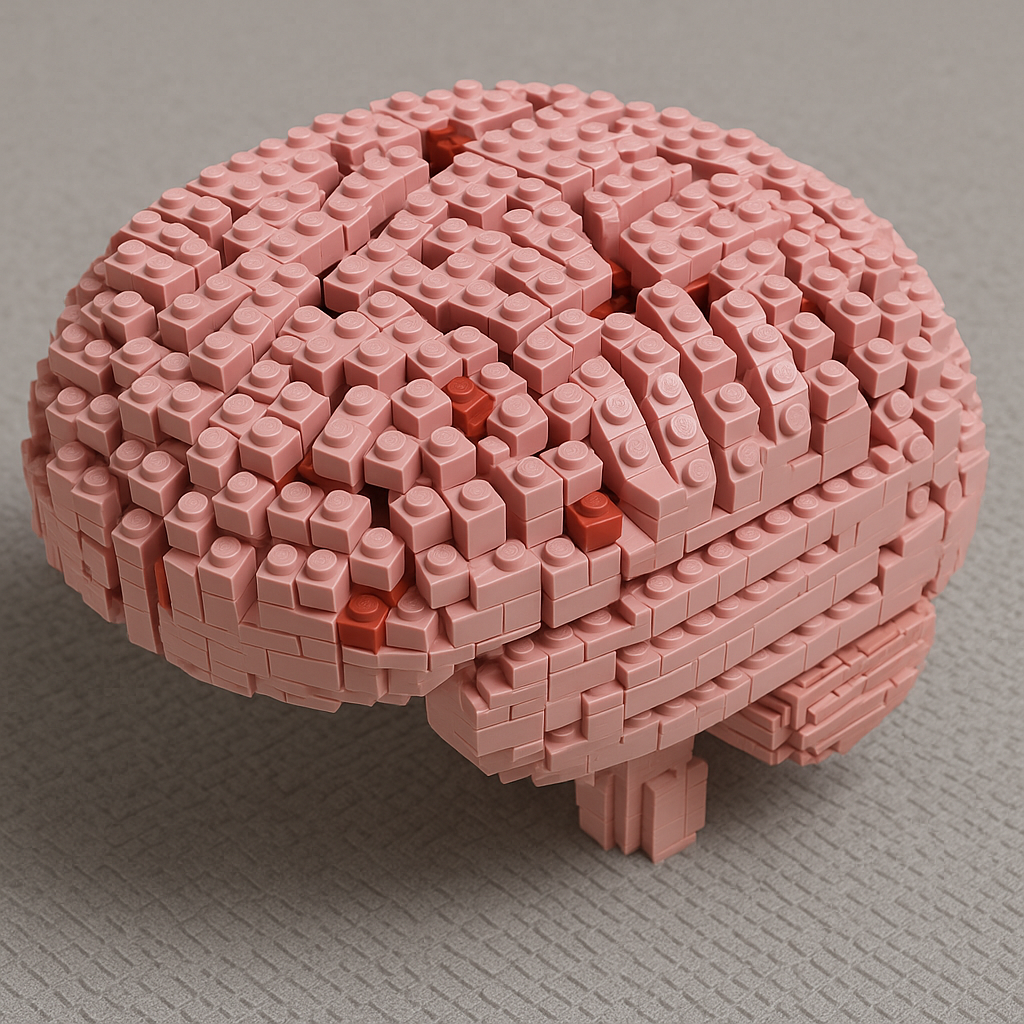Scientists reveal how feathers formed millions of years ago
By blocking a single gene in bird embryos, scientists recreated primitive proto-feathers and uncovered new clues about evolution.

Scientists block a key gene in bird embryos to recreate dinosaur-like feathers and reveal secrets of evolution. (CREDIT: Pernel Media)
At first glance, feathers may seem like simple parts of a bird’s body. But if you look closer—under a microscope or through a scientific lens—they reveal an intricate story of evolution, biology, and survival. They are not just for flying or looking pretty. Feathers represent one of nature’s most complex skin structures. They likely first evolved not for flight, but for warmth and display, slowly transforming into the aerodynamic wonders that allow modern birds to soar.
A recent study led by researchers from the University of Geneva brings new insight into how feathers formed over millions of years and how they develop in embryos today. Scientists used a powerful drug to block a key genetic pathway in bird embryos. The result? The feathers stopped growing like they normally do and instead formed simple, tube-like structures that looked just like the earliest proto-feathers in dinosaurs.
A closer look at early feather origins
Scientists believe the first feathers, called proto-feathers, appeared about 200 million years ago. These were not the sleek flight feathers we see today. Instead, they looked like soft, hair-like tubes—cylindrical filaments without barbs or the branching that gives modern feathers their shape. These simple structures likely served to keep animals warm or make them look more impressive to others.
There’s even debate among paleontologists that proto-feathers could have existed as early as 240 million years ago in the shared ancestors of dinosaurs and pterosaurs, the first flying vertebrates. This long history has fascinated scientists for decades, leading them to ask: how did these simple structures evolve into the feathers we know today? And what controls their development?
The power of the Sonic Hedgehog pathway
To answer this, researchers focused on a specific genetic pathway called “Sonic Hedgehog,” or Shh for short. This pathway is like a messaging system that tells cells where to go, when to grow, and what to become during development. In the lab, scientists have shown that this pathway is especially important in shaping feathers, hair, and scales.
Previously, the same research group found that by activating the Shh pathway in chicken embryos, they could turn foot scales into feathers permanently. That gave them a new question: What would happen if they did the opposite? What if they blocked this signaling pathway instead of turning it on?
Related Stories
Dr. Rory Cooper, a postdoctoral researcher, and Michel Milinkovitch, a professor at the University of Geneva, set out to find the answer. They injected a strong Shh inhibitor called sonidegib into chicken embryos on the ninth day of development. This was a critical time—just before the small feather buds begin forming on the wings.
A surprise throwback to dinosaur feathers
The results were striking. Instead of growing normal feather buds, the embryos developed striped patterns of Shh expression on their skin. The feathers that formed were simple and unbranched, lacking the folded base structure called the follicle. These changes made the feathers look like those ancient proto-feathers seen in fossils of feathered dinosaurs.
“We wanted to observe what happens when [the Sonic Hedgehog pathway] is inhibited,” said Dr. Cooper. “The result was the formation of unbranched and non-invaginated buds, resembling the early stages of proto-feathers.”
This wasn’t just a cosmetic change. The growth of feathers came to a temporary halt. Morphogenesis, or the process that shapes organs and structures, stopped. At first glance, it looked like the feathers had failed to develop entirely.
Nature finds a way back
But the story didn’t end there. By the 14th day of embryonic development, the feather growth process began to recover. Even though the baby birds hatched with bald patches and disturbed feather patterns, something remarkable happened.
The follicles—tiny pits under the skin where feathers grow—remained alive but inactive. Over the next seven weeks, these dormant follicles slowly turned back on. The birds began to grow feathers in the missing areas, and soon they had normal-looking plumage.
“Our experiments show that while a transient disturbance in the development of foot scales can permanently turn them into feathers, it is much harder to permanently disrupt feather development itself,” said Dr. Milinkovitch.
Genes that protect feather growth
To find out exactly how the drug changed the feathers, the researchers performed RNA sequencing. This let them see which genes turned on or off during development. They confirmed that the drug only blocked the Shh pathway. They even tried “rescuing” the effect by activating the Shh pathway again—and it worked. That helped prove that the changes in the feathers came directly from blocking this one genetic signal.
So why is feather development so hard to stop?
According to Dr. Milinkovitch, it’s because the network of genes involved in growing feathers has become extremely tough over time. Even if something blocks part of it, the system has backup plans to get things back on track. “Clearly, over the course of evolution, the network of interacting genes has become extremely robust,” he said. “The big challenge now is to understand how genetic interactions evolve to allow for the emergence of morphological novelties such as proto-feathers.”
In other words, nature has built in ways to protect the growth of feathers—even from powerful drugs. This robustness might be one reason feathers have been so successful through evolution. From simple tubes to complex fans that allow birds to fly, feathers have changed a lot, but the genes behind them stay steady and strong.
Why it matters
This research doesn’t just help us understand birds better. It also sheds light on how complex body structures evolve and adapt. Feathers, with their detailed shape and function, are an ideal model to study how life changes over time. Scientists can now explore how small genetic changes lead to big differences in form, and how those changes are passed down through millions of years.
By recreating a piece of the past in a living embryo, researchers have opened a new window into evolution. They’ve shown how a single signaling pathway can switch feathers back to a more primitive state—and how that switch can flip back again.
This could have future use in science, medicine, and even conservation. Understanding how skin structures grow and repair could help researchers learn more about healing, regeneration, or even how to reverse certain birth defects. For now, it gives us a deeper appreciation of something many people overlook: the science hidden in every feather.
Research findings are available online in the journal PLOS Biology.
Note: The article above provided above by The Brighter Side of News.
Like these kind of feel good stories? Get The Brighter Side of News' newsletter.



